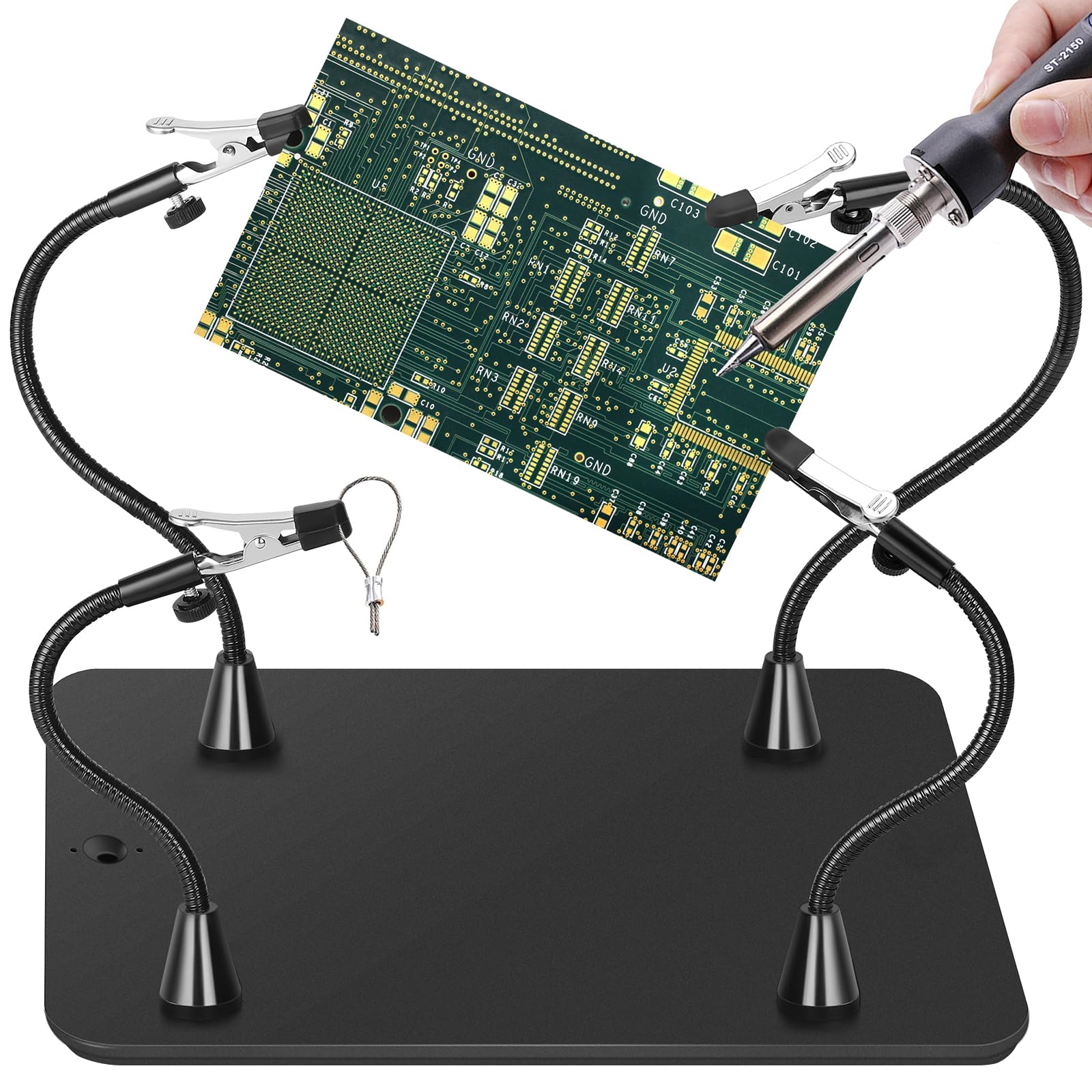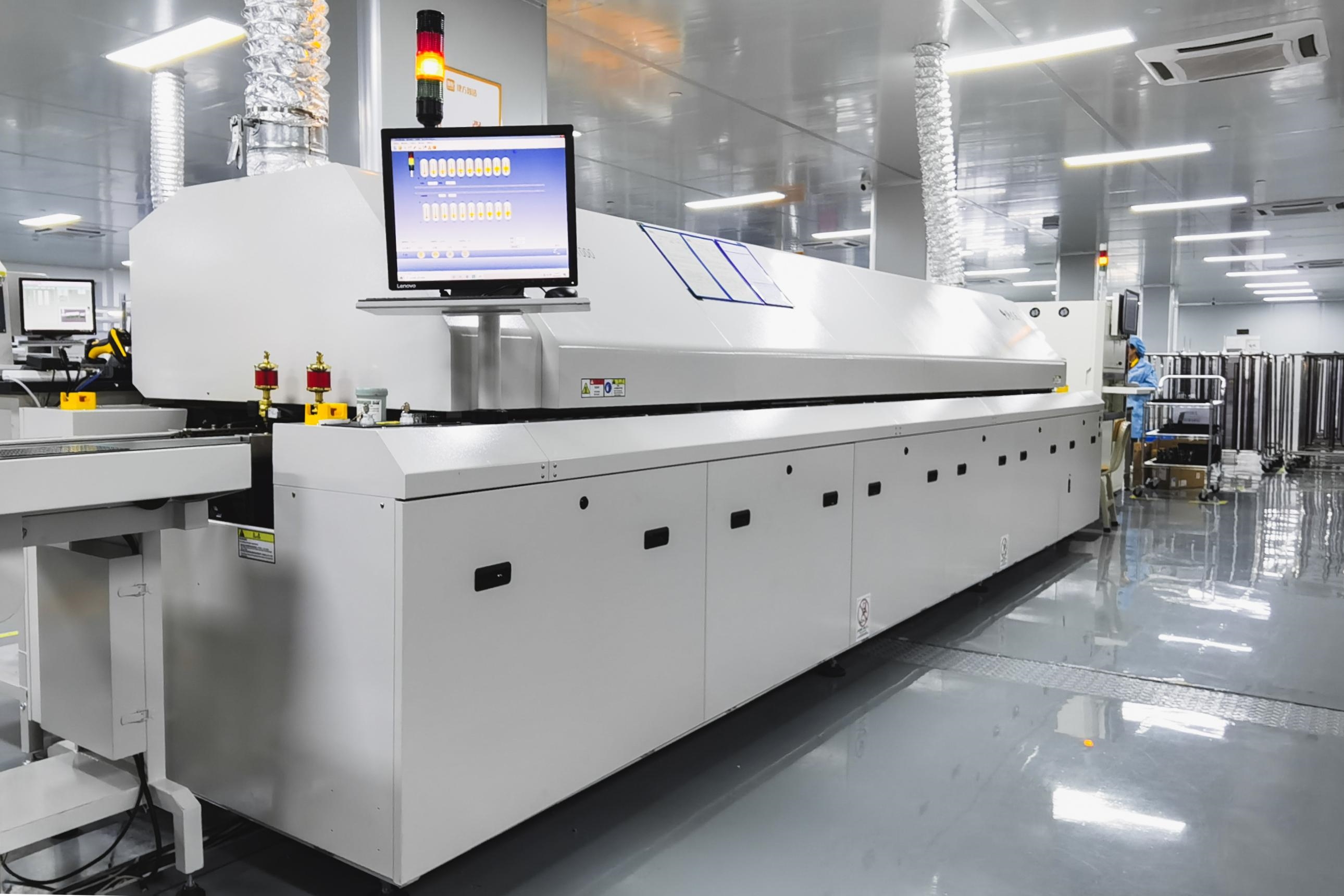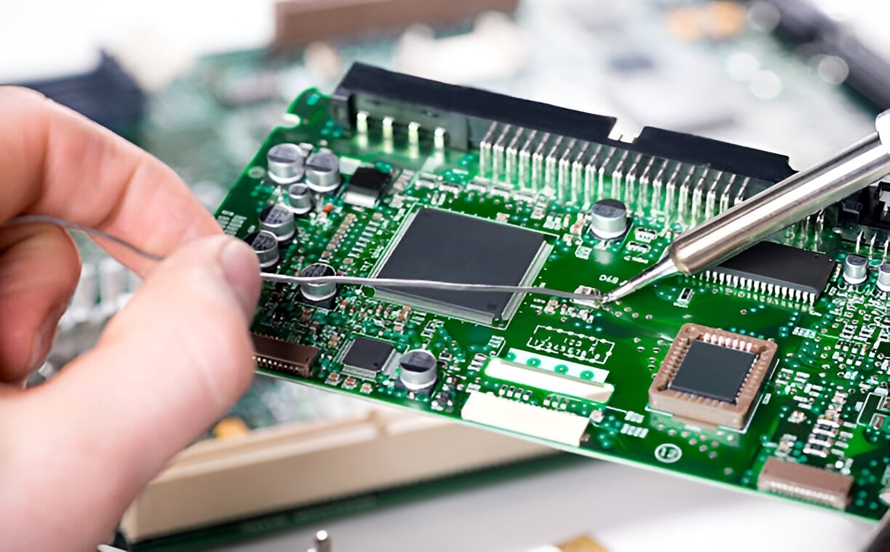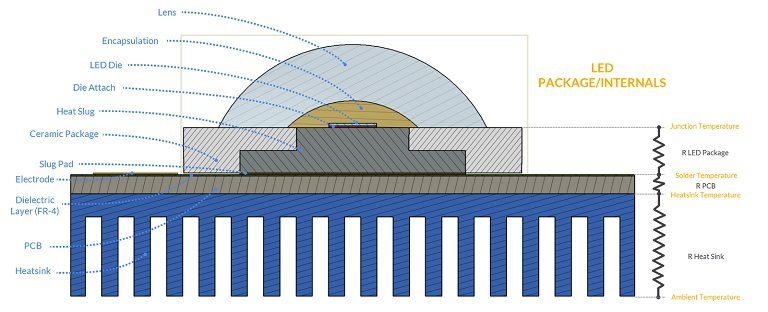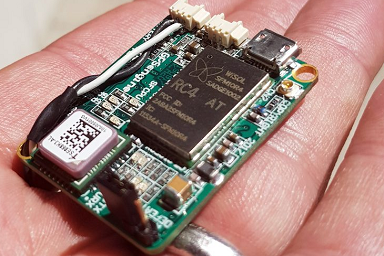If you're looking to create efficient and reliable Bluetooth Low Energy (BLE) devices, optimizing your PCB antenna design is key. A well-designed PCB antenna ensures better signal strength, longer battery life, and compact form factors for low-power applications. In this comprehensive guide, we'll dive into the essentials of PCB antenna design for BLE, covering impedance matching, radiation patterns, compact designs, and low-power considerations. Whether you're an engineer or a designer, you'll find actionable tips to enhance your BLE projects.
Introduction to PCB Antenna Design for BLE Applications
Bluetooth Low Energy (BLE) has become a cornerstone for modern wireless communication, especially in Internet of Things (IoT) devices, wearables, and smart home products. Operating in the 2.4 GHz to 2.4835 GHz frequency band, BLE is designed for low power consumption, making it ideal for battery-operated devices. However, achieving optimal performance requires a carefully designed PCB antenna.
A PCB antenna, integrated directly onto the printed circuit board, offers a cost-effective and space-saving solution compared to external antennas. But designing one for BLE applications comes with challenges like ensuring impedance matching, maintaining a compact size, and achieving the desired radiation pattern. In this blog, we'll explore how to tackle these challenges and optimize your PCB antenna design for BLE applications.
Why PCB Antenna Design Matters for BLE
The antenna is the gateway for wireless communication in any BLE device. A poorly designed antenna can lead to weak signals, reduced range, and higher power consumption, which defeats the purpose of using BLE for low-power applications. On the other hand, an optimized compact BLE antenna can significantly improve device performance while keeping the design small and efficient.
Key reasons why PCB antenna design is critical for BLE include:
- Space Efficiency: IoT and wearable devices often have limited space, making compact PCB antennas a preferred choice.
- Cost-Effectiveness: Integrating the antenna on the PCB eliminates the need for additional components, reducing manufacturing costs.
- Power Efficiency: A well-designed antenna minimizes energy loss, supporting low power BLE antenna design goals.
Key Factors in PCB Antenna Design for BLE
Designing a PCB antenna for BLE requires attention to several technical aspects. Below, we break down the most important factors to consider for optimal performance.
1. Frequency and Bandwidth for BLE
BLE operates in the 2.4 GHz ISM band, specifically between 2.4 GHz and 2.4835 GHz. Your PCB antenna must be tuned to resonate within this narrow frequency range to ensure efficient signal transmission and reception. A mismatch in frequency can lead to signal loss and reduced range.
To achieve this, the antenna's physical dimensions and layout must correspond to the wavelength of the 2.4 GHz signal. For example, a quarter-wave monopole antenna at 2.4 GHz would have a length of approximately 31.25 mm (calculated as wavelength/4, where wavelength = speed of light/frequency).
2. BLE Antenna Impedance Matching
Impedance matching is crucial for maximizing power transfer between the BLE chip and the antenna. Most BLE modules and chips are designed for a 50-ohm impedance. If the antenna's impedance doesn't match, it results in signal reflection, reducing efficiency and range.
To achieve proper BLE antenna impedance matching, designers often use a matching network consisting of capacitors and inductors. For instance, a pi-network or L-network can be implemented on the PCB to fine-tune the impedance. Tools like a Vector Network Analyzer (VNA) can help measure the antenna's impedance (typically represented as a complex value like 50 + j0 ohms) and adjust the matching components accordingly.
Practical Tip: Place the matching network as close as possible to the antenna feed point to minimize losses. A common starting point is a series inductor of 3.9 nH and a shunt capacitor of 1.5 pF, though these values may vary based on your specific design.
3. PCB Antenna Radiation Pattern for BLE
The radiation pattern of an antenna determines how the signal is distributed in space. For BLE applications, an omnidirectional PCB antenna radiation pattern for BLE is often preferred because it allows the device to communicate effectively in all directions. This is especially important for IoT devices that may be placed in unpredictable orientations.
Common PCB antenna types like the Inverted-F Antenna (IFA) or the Meander Line Antenna (MLA) can achieve a near-omnidirectional pattern. However, the radiation pattern can be affected by nearby components, ground planes, and the PCB material. For example, a larger ground plane can improve the antenna's directivity but may reduce its omnidirectional coverage.
Practical Tip: Simulate the radiation pattern using software tools to predict performance before manufacturing. Ensure that no large metal objects or other components are placed near the antenna, as they can distort the pattern.
4. Designing a Compact BLE Antenna
Space constraints are a common challenge in BLE device design, especially for wearables and small IoT sensors. A compact BLE antenna is essential to fit within tight PCB layouts without sacrificing performance.
Two popular compact antenna designs for BLE include:
- Inverted-F Antenna (IFA): This design uses a quarter-wave element with a shorting pin to the ground plane, reducing the overall size while maintaining good performance at 2.4 GHz. Typical dimensions for an IFA at 2.4 GHz are around 30 mm in length and 5 mm in width, depending on the PCB substrate.
- Meander Line Antenna (MLA): This design folds the antenna trace into a zigzag pattern, significantly reducing its footprint. It’s ideal for ultra-compact designs but may require precise tuning for optimal efficiency.
Practical Tip: Use a high dielectric constant PCB material (like FR-4 with a dielectric constant of 4.4) to further reduce the antenna size, as it shortens the wavelength on the board.
5. Low Power BLE Antenna Design Considerations
BLE is all about low power consumption, and the antenna plays a role in maintaining efficiency. A poorly designed antenna can cause the BLE module to consume more power to compensate for signal loss, draining the battery faster. Here are key tips for low power BLE antenna design:
- Minimize Losses: Use a low-loss PCB material and keep the antenna trace as short as possible to reduce resistive losses.
- Optimize Efficiency: Aim for an antenna efficiency of at least 50-70%. Efficiency is the ratio of radiated power to input power, and higher values mean less energy is wasted as heat.
- Avoid Overloading: Ensure the antenna isn’t overdriven by the BLE module's output power, which is typically around 0 dBm to 10 dBm for most devices.
Step-by-Step Guide to Optimizing PCB Antenna Design for BLE
Now that we've covered the key factors, let's walk through a practical process to design and optimize a PCB antenna for BLE applications.
Step 1: Define Requirements
Start by identifying the specific needs of your BLE device. Consider factors like the desired range (e.g., 10 meters indoors), power constraints (e.g., coin cell battery), and size limitations (e.g., PCB dimensions of 20 mm x 20 mm).
Step 2: Choose the Antenna Type
Select an antenna type based on your space and performance needs. For compact designs, an IFA or MLA is often ideal. For larger boards with more space, a monopole or dipole antenna might work better.
Step 3: Design the Antenna Layout
Use PCB design software to draw the antenna trace according to the calculated dimensions for 2.4 GHz. Ensure there’s a clear ground plane beneath or near the antenna to act as a reference. Keep other components at least 5-10 mm away from the antenna to avoid interference.
Step 4: Simulate and Tune
Simulate the antenna design using electromagnetic simulation tools to check its resonance frequency, impedance, and radiation pattern. Adjust the trace length or matching network components to fine-tune performance. For example, if the resonance is at 2.5 GHz instead of 2.4 GHz, shorten the trace slightly.
Step 5: Test the Prototype
Manufacture a prototype PCB and test the antenna using a VNA to measure return loss (S11 parameter). A return loss of -10 dB or lower indicates good impedance matching. Also, test the range and power consumption in real-world conditions.
Step 6: Final Optimization
Based on test results, make final adjustments to the design. This might involve tweaking the matching network or repositioning the antenna on the PCB for better performance.
Common Challenges and Solutions in BLE PCB Antenna Design
Even with careful planning, you may encounter issues during the design process. Here are some common challenges and how to address them:
- Challenge: Poor Range - If the BLE device has a shorter range than expected, check the antenna's radiation pattern and efficiency. Increasing the ground plane size or adjusting the matching network can help.
- Challenge: Interference - Nearby components or metal enclosures can interfere with the antenna. Use shielding or reposition the antenna to minimize interference.
- Challenge: Size Constraints - If the antenna doesn’t fit, consider a meander line design or use a higher dielectric material to shrink the dimensions.
Conclusion: Achieving Success with BLE PCB Antenna Design
Optimizing PCB antenna design for BLE applications is a balancing act between size, efficiency, and power consumption. By focusing on critical aspects like BLE antenna impedance matching, PCB antenna radiation pattern for BLE, and designing a compact BLE antenna, you can create devices that perform reliably in real-world conditions. Following a structured design process and leveraging simulation tools will help you avoid common pitfalls and achieve a low power BLE antenna design that meets your project goals.
With the tips and steps outlined in this guide, you're well-equipped to tackle your next BLE project with confidence. A well-optimized PCB antenna not only enhances communication but also extends the lifespan of your device, making it a win for both engineers and end-users.
 ALLPCB
ALLPCB


